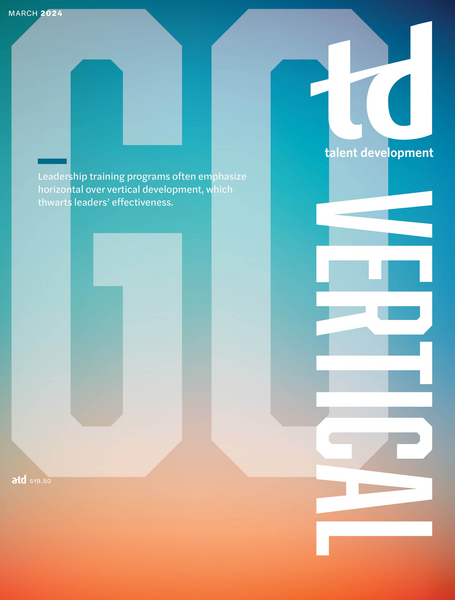TD Magazine Article
Word Wiz: Flextirement
Flextirement involves a gradual transition from full-time worker to full-time retiree.
Fri Mar 01 2024
More baby boomers (those born between 1946 and 1964) than ever will hit the traditional US retirement age of 65 this year—about 12,000 people each day, according to the US Census Bureau's projections. By 2030, all boomers will be at least 65 years old. Ordinarily, that would mean the workforce is about to experience a mass exodus as the latest retirement-age generation exits the workforce.
However, more US employees approaching retirement age are considering alternate options because the "three-legged stool of retirement"—employer pensions, personal savings, and Social Security—is broken, says Jason Fichtner, Bipartisan Policy Center's chief economist and the author of The Peak 65 Generation: Creating a New Retirement Security Framework. In fact, half of Americans between 45 and 75 years old have $100,000 or less in investable assets, reports Alliance for Lifetime Income's 2023 Protected Retirement Income and Planning Study.
To enable more time for potential retirees to build their savings and for companies to document historical knowledge, flextirement plans, which involve a gradual transition from full-time worker to full-time retiree, are gaining in popularity. With flextirement, retirement-age employees can semi-retire by working on a part-time basis, sometimes as consultants or mentors. It also benefits companies, which retain experienced workers and avoid knowledge gaps.
You've Reached ATD Member-only Content
Become an ATD member to continue
Already a member?Sign In

